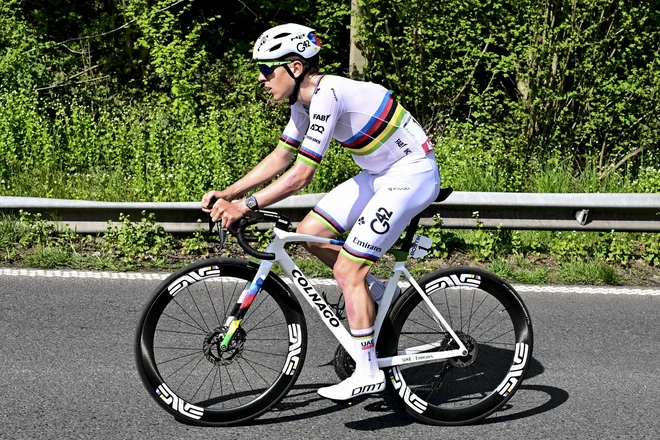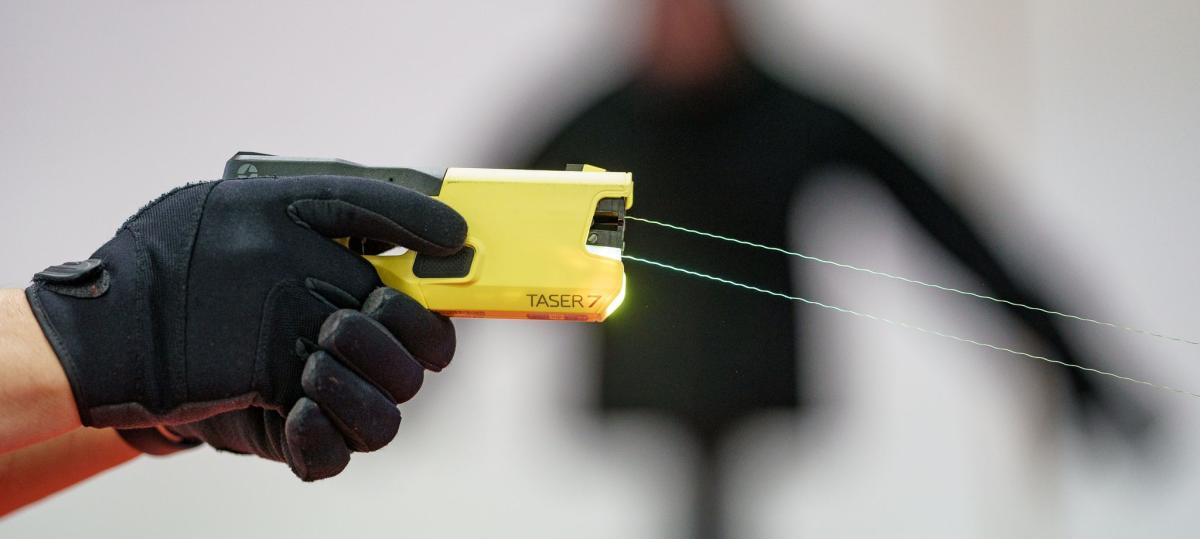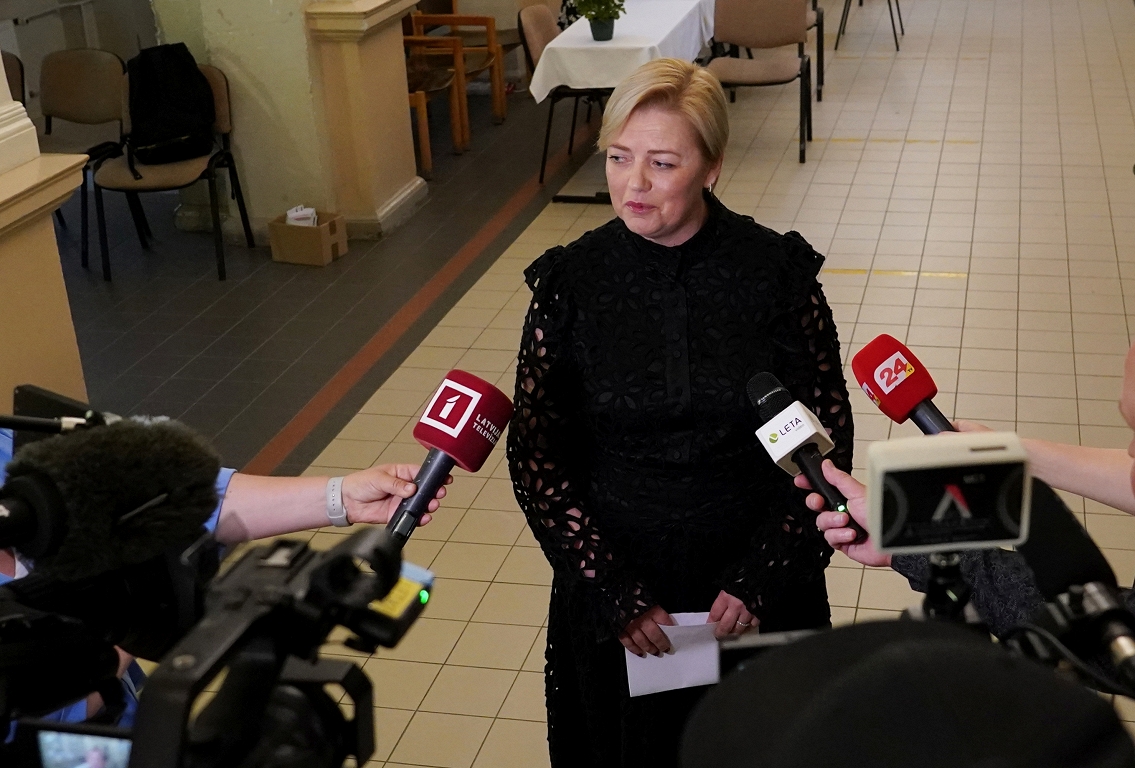Wine region where wine prices reach real estate prices
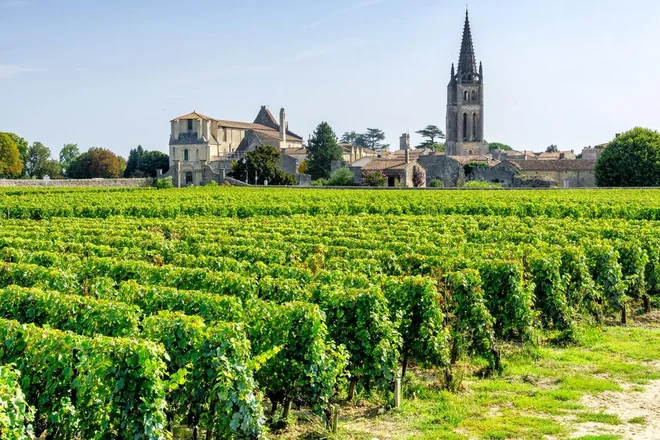
Bordeaux is not only the most prominent and most recognizable wine region in the world, but a world for itself. For centuries, traditions are intertwined there with innovation. The burgundy red wines are famous for their exceptional ability to aging, complexity and harmony of flavors, as well as the noble stories of winemaking families there.
Château Angludet is one of the best vineyard estates in Médoc.
On the left bank of the Garone River, which flows through Bordeaux, the classical wines are ruled – the mighty Château, the names of their manufacturers are reminiscent of noble: Margaux, Latour, Palmer. This is the Kingdom of Petical Wine Lovers, where vintage is sold at prices comparable to real estate in the Champs Elysees. The right bank, on the contrary, tells a different story-there is a hilly landscape similar to Tuscany, where vineyards blend in with a horizon and offer views picturesque as the one on Saint-émilion.
Saint-émilion, surrounded by vineyards, has been part of UNESCO World Heritage Site since 1999. Photo shutterstock
Lions and
right bank
Although wines from the left bank are usually a mixture, cabernet sauvignon prevails. Wine from the right bank, however, are predominantly merlots, as a mixture for mixing are used cabernet franc, cabernet sauvignon, Malbec and Petit Verdot.
« The left bank is for the consumption of wines, the right for the views, » joked Mahir Sencan, a representative of Maison Sichel, who recently presented to the culinary bosses and restaurant owner some of the wines sold by Sanjak Sanja Stojneva with the company Solviva.
Tradition continues
One of the leading winemaking relatives on the left bank is the Sichel family. They began their journey in 1883, when they established a purchasing office in Bordeaux, at Quai de Bacalan 19 – where the group’s headquarters are still home today – in the very heart of the legendary Chartrons neighborhood, the historic center of dealers with burgundy wines. At the time, the company was an AVUCTION OFFICE, which purchased wines for Sichel branches in Mainz, London and New York.
In 1938, Allan Sichel, a member of the British branch of the family, merged with three other richest burgundy families, ginesthetes, Miailha and Mahler-Besse, and bought the legendary-then decaying-Palmer mansion. For more than 65 years, they have been constantly investing in the estate to achieve greater quality, which has contributed significantly to its reputation. Today it is considered legendary wine with this estate Bordeaux Grand Cru, one of the most prestigious wines from Médoc, known worldwide.
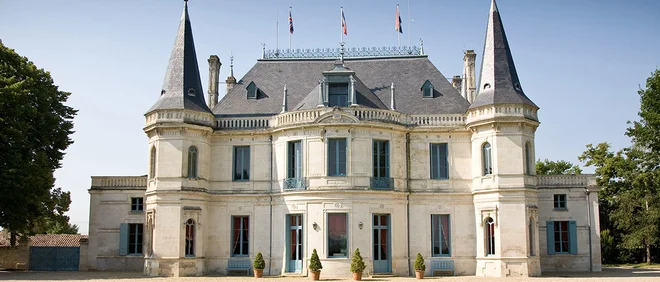
The extensive renovation of Château Palmer estates has lasted over 40 years. Photo: Maison Sichel
Throughout generations, Maison Sichel has evolved into an international company. In 1961, Diana and Peter A. Sichel, the son of the founder, bought the estates of Château Engludet and Aoc Margaux, where they raised their six children. The extensive renovation of the estate has lasted over 40 years. Today, wine critics are united to judge Château Angludet among the best vineyard estates in Médoc. Their children – Brothers Allan, Charles, James, Benjamin and David Sichel – continue to tradition in their field with a commitment to the authenticity of different wine -growing areas.
The youngest generation also includes. Allan’s sons Alexander and Max joined the sales team in 2012 and 2014, and James’s eldest daughter Daisy became involved in Château Angludet management just over a decade ago.
We need wines that people drink, not just feeding
“In Bordeaux, wine is a tradition, history and business that has been developing for centuries. But without the love of wine, there is no real success, « says Senzan. This one is reflected in every detail. Bottles also tell stories. The most cult year of Palmer – 1959 and 1961 – reach dizzying prices, about 6,000 euros per bottle, but are almost gone. They are like the mysterious artifacts of the wine world, kept by collectors and story lovers. But Mahir Sencan points out: “We need the wines that people drink, not just feeding. The right wine is one that spills into a glass that is tasted, sharing it is celebrated. «
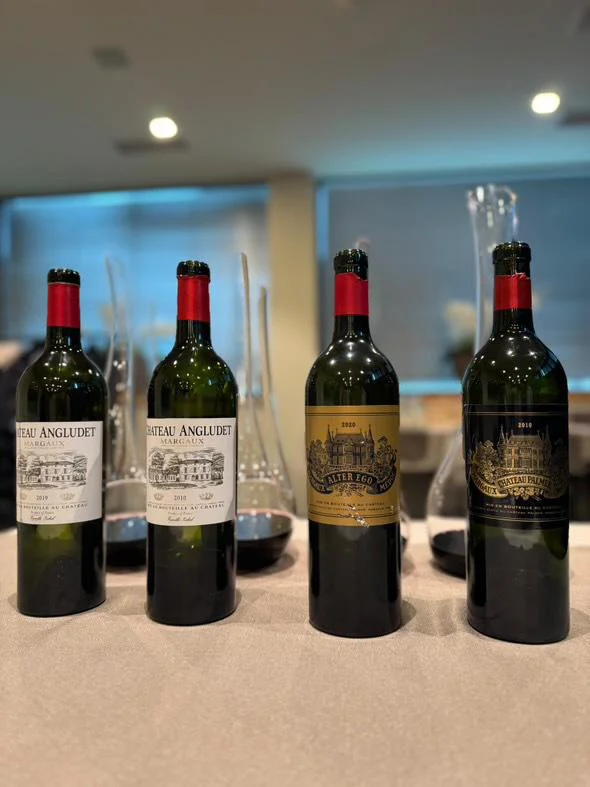
Bordeaux wines reach dizzying prices. Photo: Pijanovič
This is a philosophy that is pursued in Bordeaux. While some winegrowers fell into crisis because they were too relying on Asian markets, where they bought wines as a status symbol, Sichel maintained contact with the European customer base. “We have never worked much with China because we are more focused on the English and European market, as our wine customers actually drink while the Chinese buy them as an investment. Those who have been doing business with China are in trouble now. English, Scandinavians, Swiss – these are buyers who do not collect wines but drink it. And that’s the key, ”explains Sencan.
But even in this famous wine region, flavors change. If heavy, extract wines prevailed, today lovers value freshness, says the interviewee. “People are no longer looking for marmalade wines with a lot of alcohol. They want wine that doesn’t make them tired, which keeps elegance and freshness. ”7
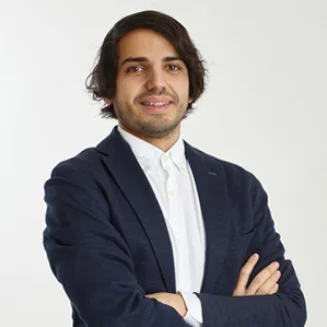
Mahir Sencan, a representative of Maison Sichel, who recently presented the wines in Slovenia: we have never worked much with China because we are more focused on the English and European market, as our wine customers actually drink while the Chinese buy them as an investment.
Bordeaux is not just a wine region, it is also an economic force worth around 4.5 billion euros, of which more than half of which is wasted. Winemakers are also part of this, not only witnesses of history, but also creators of the future. Bordeaux, however, is not just a market or industry – it is a culture, a relationship to life where the world is measured through good years. Where some see only fermented grapes, others perceive the chronicle of nature, earth and time.
“Old vintage is like notes from the past. When we open the 1961 palmer bottle, we open the window into history – in the season where the vineyards were breathing, growing and maturing. This is something that no other form of art can give, « said the interviewee.

Saint-émilion with vineyards has been part of UNESCO World Heritage Site since 1999. Photo Pexels
The city is also famous for its traditional macros
Saint-Émilion, a picturesque medieval town in southwestern France, is known for its top wines, rich history and architectural pearls. Surrounded by vineyards, he has been part of UNESCO World Heritage Site since 1999. Among the greatest attractions is the impressive monolithic church of St. Émilion from the 11th century, one of the largest underground churches in Europe, carved directly into a limestone rock, with catacombs and remains of ancient murals. Above the city rises the stone tower of the Tour du Roy from the 13th century, from which there is a magnificent view of the surrounding vineyards, and the tower is also the focal point of traditional wine events, hosted by the historic fraternity of Jurade de Saint-émilion. The city is also famous for its traditional macros, which have been made according to the original recipe of Ursulinks since 1620. Walking through the paved streets reveals a rich heritage – from Roman vineyards to medieval stone houses and Romanesque churches. Visitors can also see a cavity where the Breton monk Émilion lived in the eighth century, after which the place was named.

